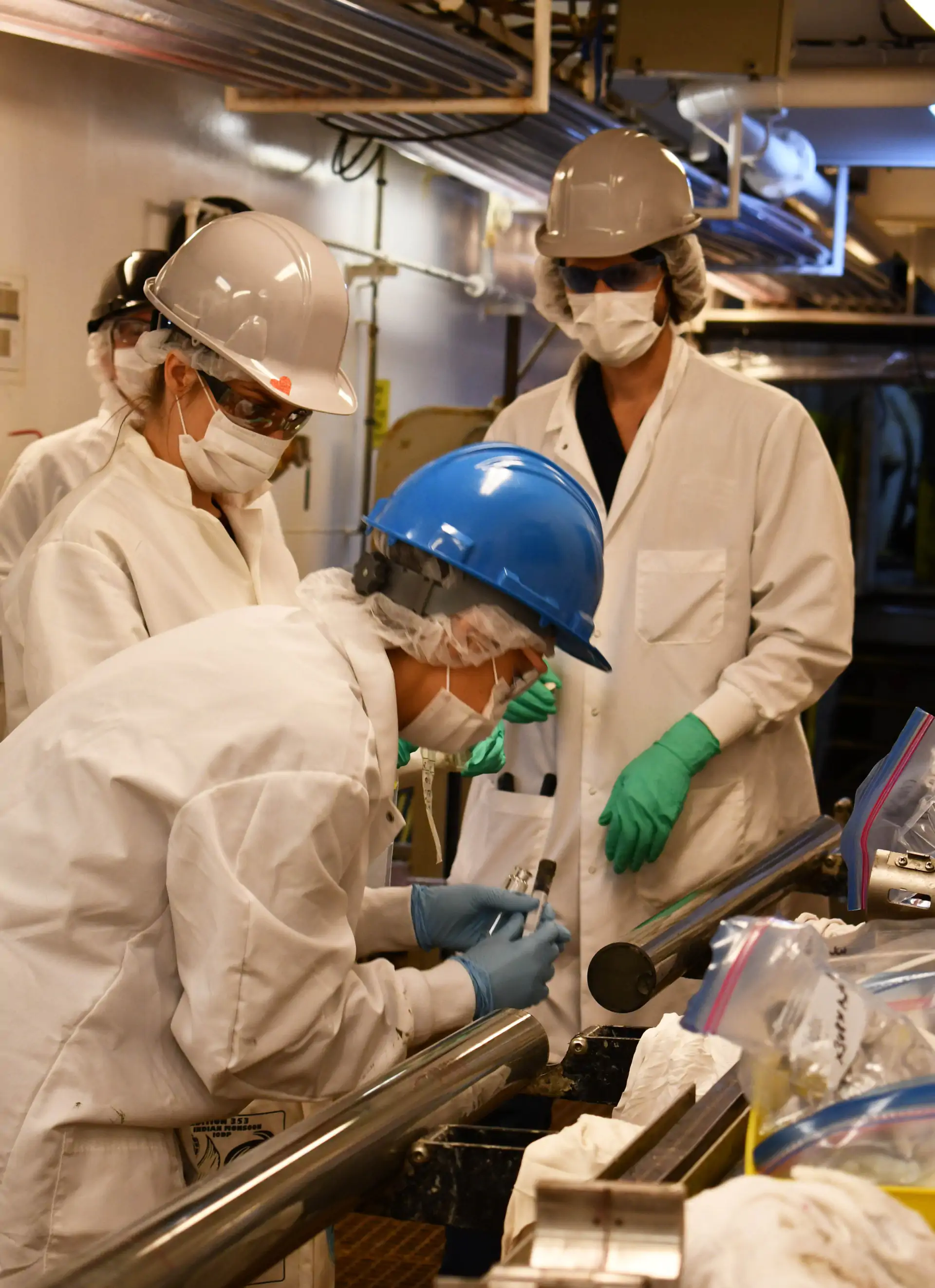International research conducted by many universities has made a brand breakthrough in marine science: 1 million-year-old marine DNA found in Antarctic sediment.
According to the University of Bonn, it shows that DNA can open the pathway to studying long-term responses of ocean ecosystems to climate change.
The results were published in Nature Communications on October 2.
Who has lived in the ocean?
Antarctica is one of the world's most vulnerable regions to climate change. It is, therefore, critical and urgent to investigate the past and present responses of the polar marine ecosystem to environmental and climate change.
Sedimentary ancient DNA (sedaDNA) analysis is a novel method for determining "who" and "when" previously existed in the ocean. Additionally, periods of significant compositional change may be linked to climatic shifts. Such information can assist us in making predictions about how marine life will react to current and future climate change in the area around Antarctica.

Using sediments collected during the 2019 IODP Expedition 382, "Iceberg Alley and Subantarctic Ice and Ocean Dynamics," an international team employed sedaDNA to examine changes in marine creature structures in the Scotia Sea during the previous 1 million years.
To begin with, the team carried out a thorough contamination check to guarantee that the sedaDNA signals were genuine. This included, for instance, looking at typical age-related damage patterns in the retrieved DNA pieces. They were able to find DNA that was up to a million years old.
“This comprises by far the oldest authenticated marine sedaDNA to date” explained Dr. Linda Armbrecht, the lead investigator from the University of Tasmania, Australia.
The data also shows that diatoms were consistently abundant during warm climatic periods. The last such change in the food web of the Scotia Sea occurred about 14,500 years ago.
“This is an interesting and important change that is associated with a worldwide and rapid increase in sea levels and massive loss of ice in Antarctica due to natural warming,” added Dr. Michael Weber, second author of the study from the University of Bonn. The warming caused an increase in ocean productivity around Antarctica.
Paving the way for marine ecosystem
The study shows that marine sedaDNA investigations can be extended to hundreds of thousands of years, paving the way for researching marine ecosystem-wide alterations and variations in paleo-productivity over numerous ice-age cycles. These periods of natural climate change can also help us understand how the ecosystem will likely react to present-day and future human-caused global warming.
The lead institutions of the study were the University of Tasmania and The University of Adelaide in Australia. From Germany, the University of Bonn, the Alfred Wegener Institute, Helmholtz Centre for Polar and Marine Research Bremerhaven, and the GEOMAR Helmholtz Centre for Ocean Research Kiel participated. Further involved institutions were from England, the USA, Argentina, China, Brazil, Spain, Switzerland, the Netherlands, Japan, Denmark, India, and Korea.
Abstract:
Antarctica is one of the most vulnerable regions to climate change on Earth and studying the past and present responses of this polar marine ecosystem to environmental change is a matter of urgency. Sedimentary ancient DNA (sedaDNA) analysis can provide such insights into past ecosystem-wide changes. Here we present authenticated (through extensive contamination control and sedaDNA damage analysis) metagenomic marine eukaryote sedaDNA from the Scotia Sea region acquired during IODP Expedition 382. We also provide a marine eukaryote sedaDNA record of ~1 Mio. years and diatom and chlorophyte sedaDNA dating back to ~540 ka (using taxonomic marker genes SSU, LSU, psbO). We find evidence of warm phases being associated with high relative diatom abundance, and a marked transition from diatoms comprising <10% of all eukaryotes prior to ~14.5 ka, to ~50% after this time, i.e., following Meltwater Pulse 1A, alongside a composition change from sea-ice to open-ocean species. Our study demonstrates that sedaDNA tools can be expanded to hundreds of thousands of years, opening the pathway to the study of ecosystem-wide marine shifts and paleo-productivity phases throughout multiple glacial-interglacial cycles.




